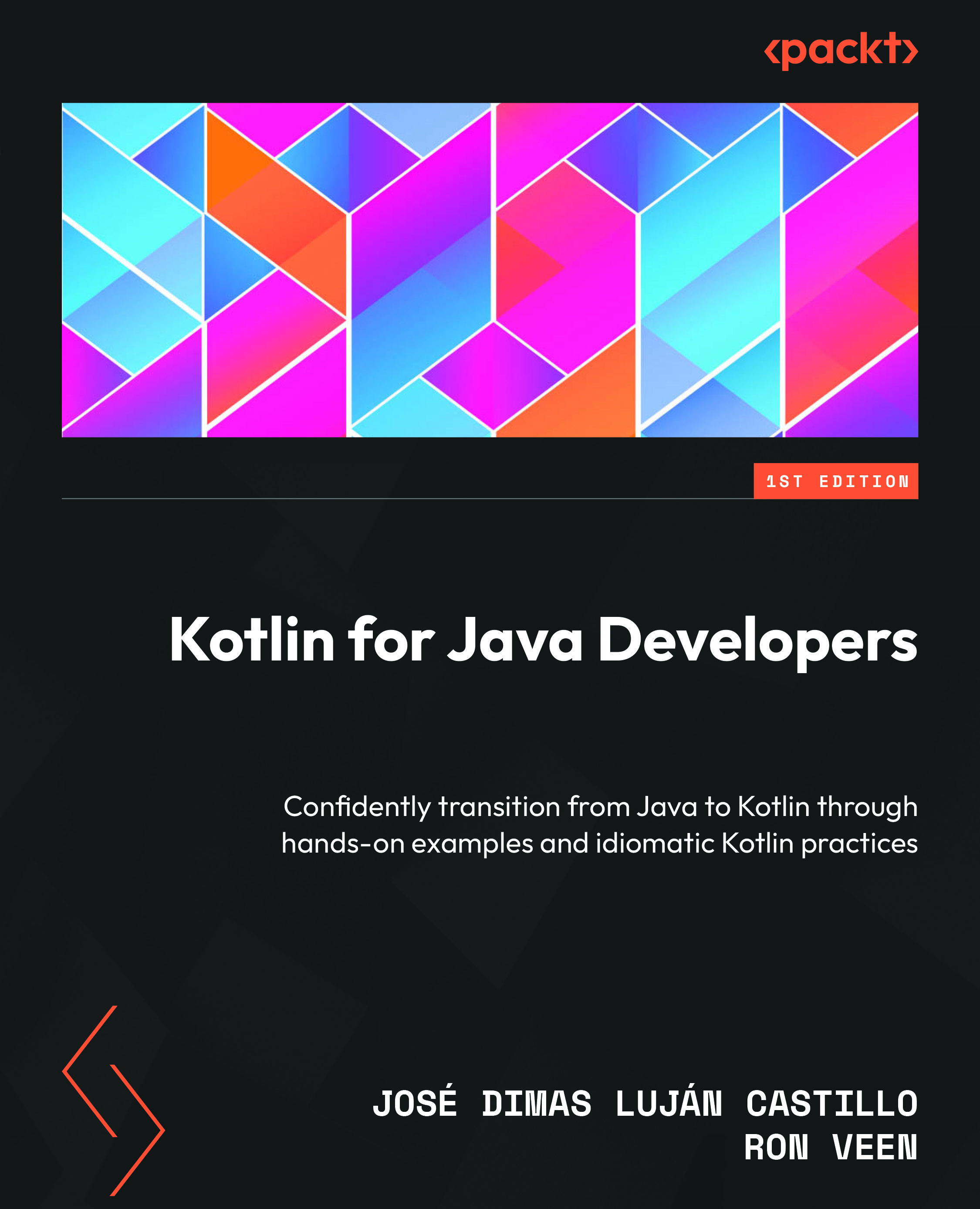Summary
Throughout this chapter, we have explored the fundamental aspects of testing in Kotlin, covering unit testing and integration testing, and diving into the most powerful testing frameworks available. We started by understanding why unit testing is essential, not just for catching bugs but for enabling confident refactoring and serving as a form of real-time documentation.
We then moved on to integration testing, where we ensured that different components of an application work together seamlessly. Unlike unit tests, these allow us to detect issues that only arise when multiple modules interact, making them crucial for building robust, real-world applications.
Finally, we explored various testing frameworks that simplify the process, from the familiar JUnit 5 to the expressive Kotest and the specialized MockK for mocking dependencies. Each of these tools brings its own strengths, and you are now equipped to choose the right framework based on the needs of your project...

































































